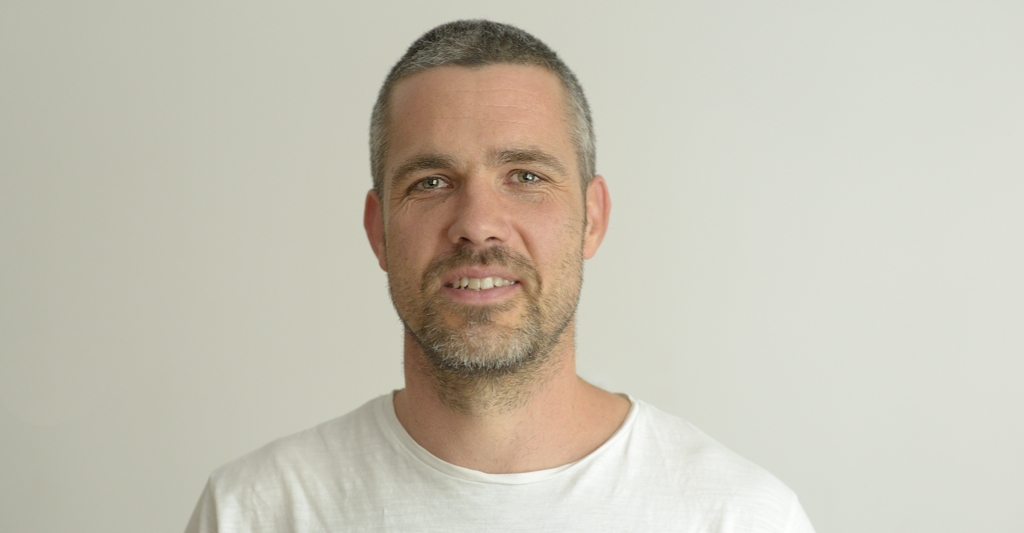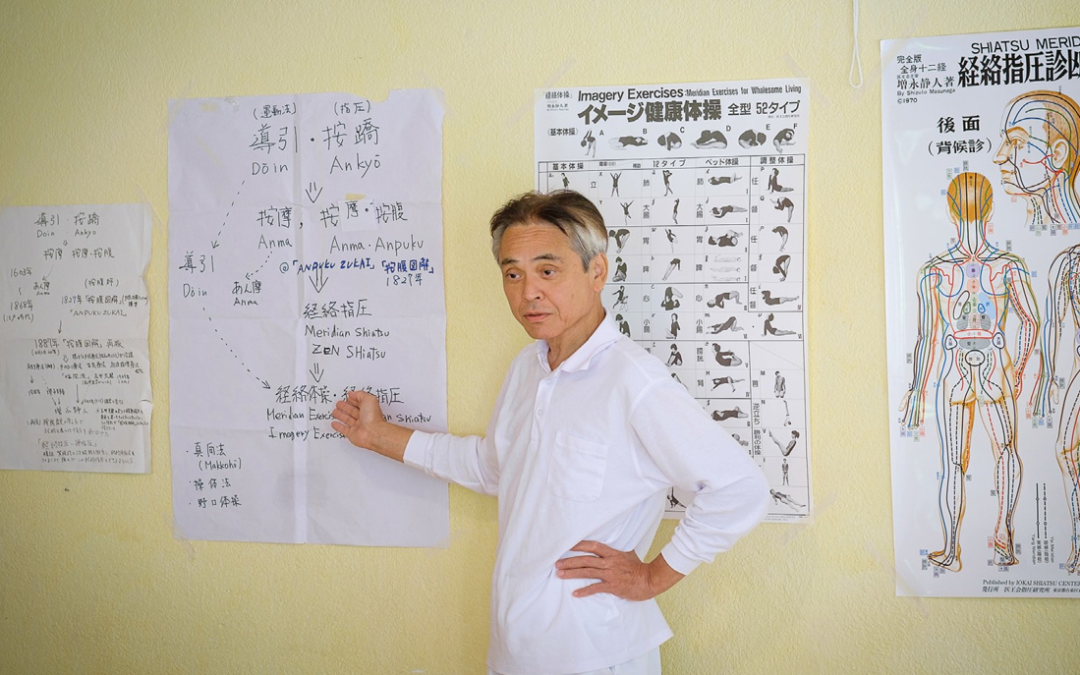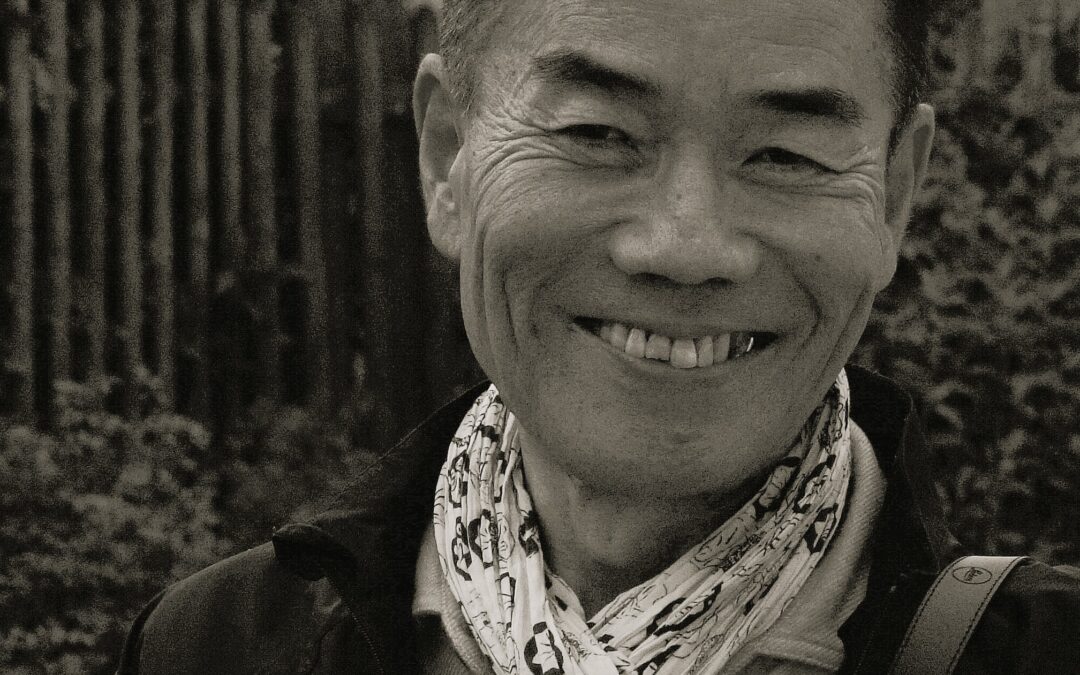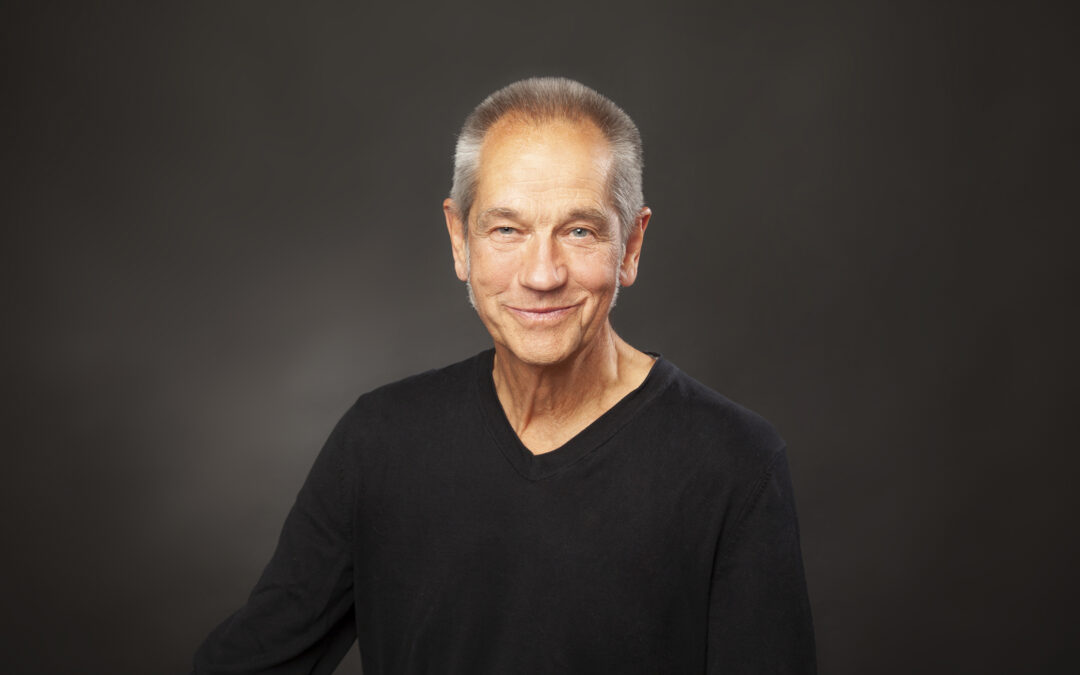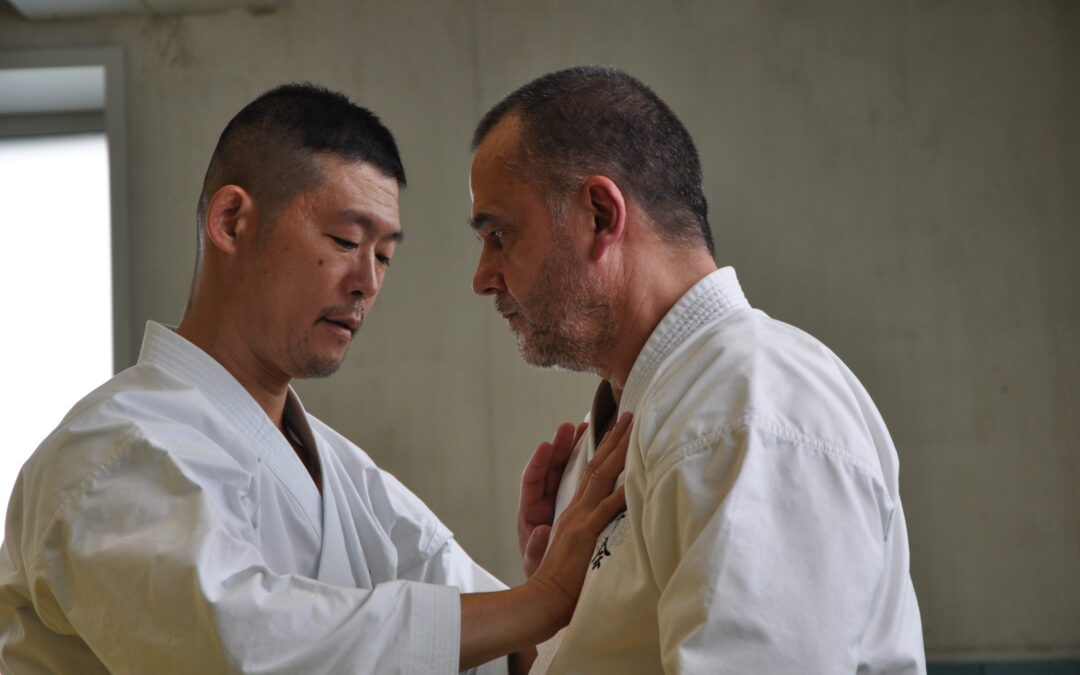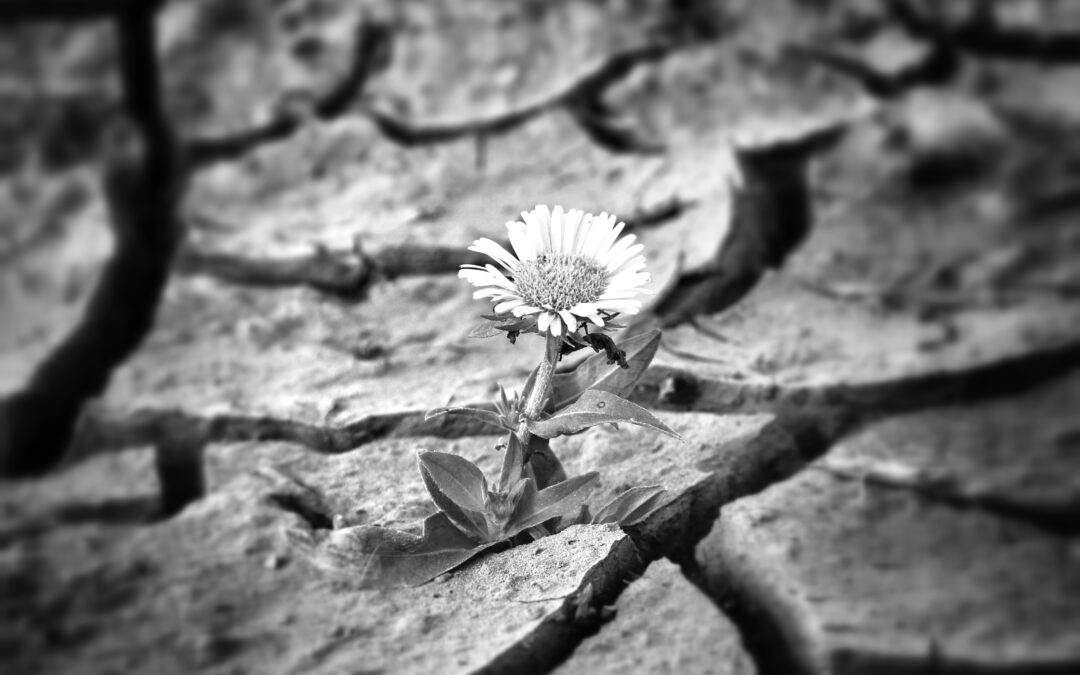This month we have the great pleasure to have as our guest Viktor Gulyás from Hungary. We know that there is some Shiatsu in this country, but we don’t necessarily know what is going on there and as our technique is developing there Viktor is the vice-president of the Hungarian Shiatsu Association and thanks to his energy (among others) their organisation is growing, bringing shiatsu up more and more in Hungary and also in Eastern Europe. A nice interview to learn more about Hungarian Shiatsu.
Ivan Bel: Dear Viktor, thank you for taking your time for this interview. Where were you born? What are your family roots?
Viktor Gulyás: I was born in a small town in Hungary. No one really pushed me towards healing in my family you know. What I remember well is that from an early age I knew that teaching would be an important part of my life. I remember as a small kid I corrected my own notebooks during summer vacations (laughs). In elementary school, once our biology teacher could not come to class and she asked me to teach the class. I was around 12 or 13 years old. It was a great experience.
Have you practiced Chinese or Japanese martial arts?
Yes, I have practiced Chinese and Philippino martial arts: Wing Chun, Jeet Kune Do, FCS Kali and Shen Dao Kung Fu. I really loved practicing martial arts. Through this practice I learnt a lot about the human body, its limits and potentials. Also, it was a great way to cultivate self-discipline and confront my innermost feelings that one is usually not so proud of, such as fear and aggression. During the years I was engaged in martial arts and qi gong, I became increasingly interested in how the human energy system works.
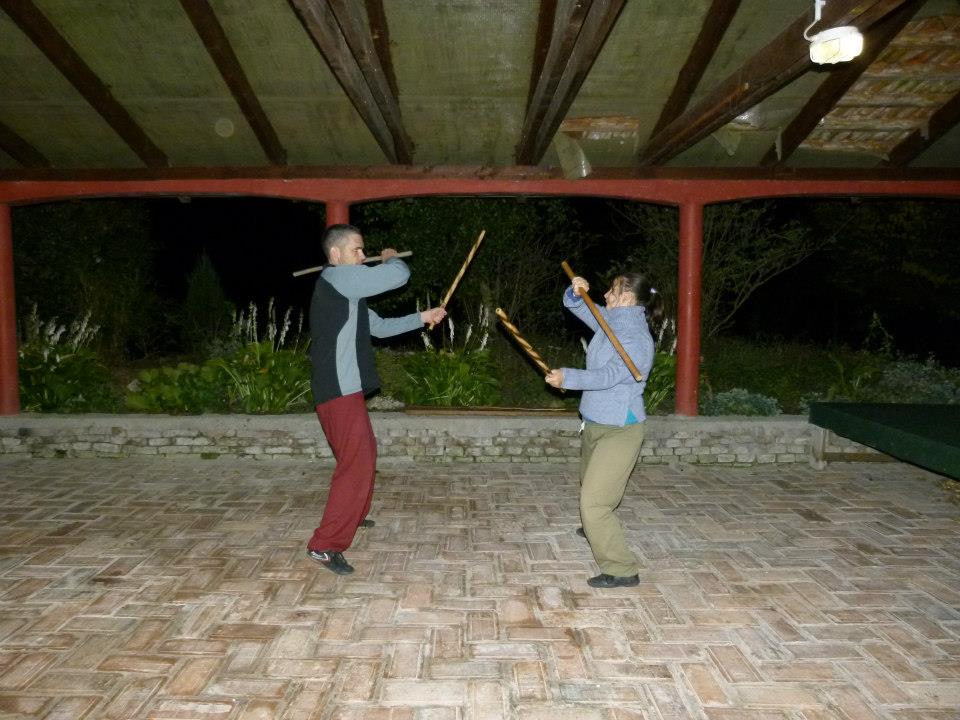
At what age did you discover Shiatsu? Where and with whom did you study Shiatsu?
I started to learn Shiatsu at the International School of Shiatsu (ISS), in Budapest. My first teachers were Eszter Madocsai, Ági Darin and Nóri Vászovics. I also attended seminars held by Wilfried Rappenecker, Herbert Wiesenhofer and Gerhard Dirschl. This school and as far as I know all the schools in Hungary primarily teach the Saul Goodman style of Zen shiatsu. I think our curriculum was very comprehensive. After graduation I was still trying to figure out what my path of Shiatsu was. I think it is an ongoing process, maybe it will never end. For a few years I have been a student of Tzvika Calisar, who teaches and promotes Seiki Meridian Shiatsu.
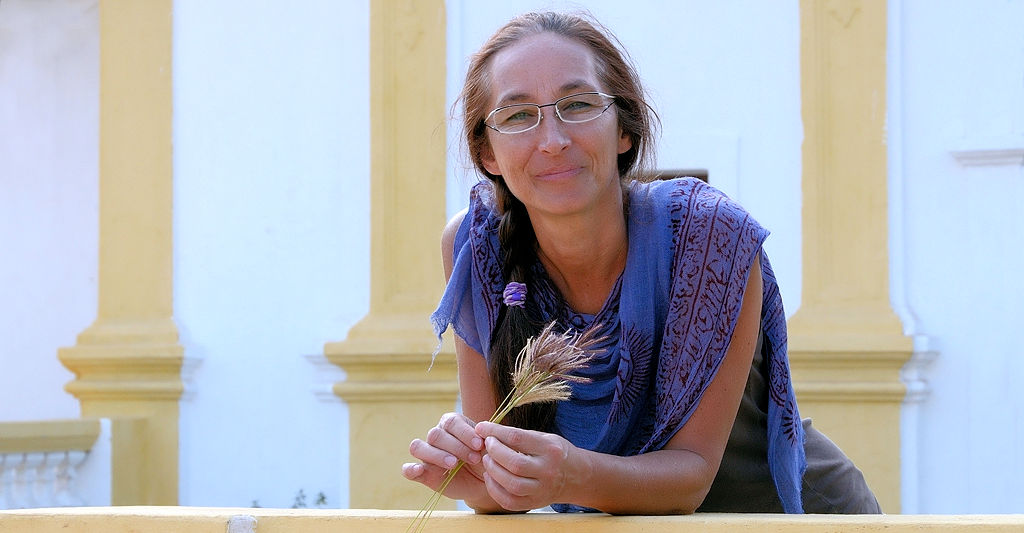
What were your teachers like? What did you like about them?
I had really fantastic teachers, both from Hungary and abroad. What I like about all of them is their passion about shiatsu. They are very different characters, but this passion about what they do is something I really appreciate about all of them.
I’ve heard that you’ve worked in personal coaching. Professionally, have you always tried to help people to develop? In which framework, profession and what interests you in this idea?
VG: Maybe it would sound sexy if I said that I have always wanted to help people but it is not true in my case. I guess it was not so much about me wanting to help others as my inner drive to share whatever I knew. I also enjoyed having an impact on people through teaching. As a teacher of English I had lots of fun time with my students and it was also great to see them develop and improve their skills. Then I became a leader at several companies. Afterwards I chose the path of private entrepreneurship and I became a coach and trainer. With this profession I kill two birds with one stone: I teach and lead people, and at the same time I learn so much from my clients and the groups I facilitate.
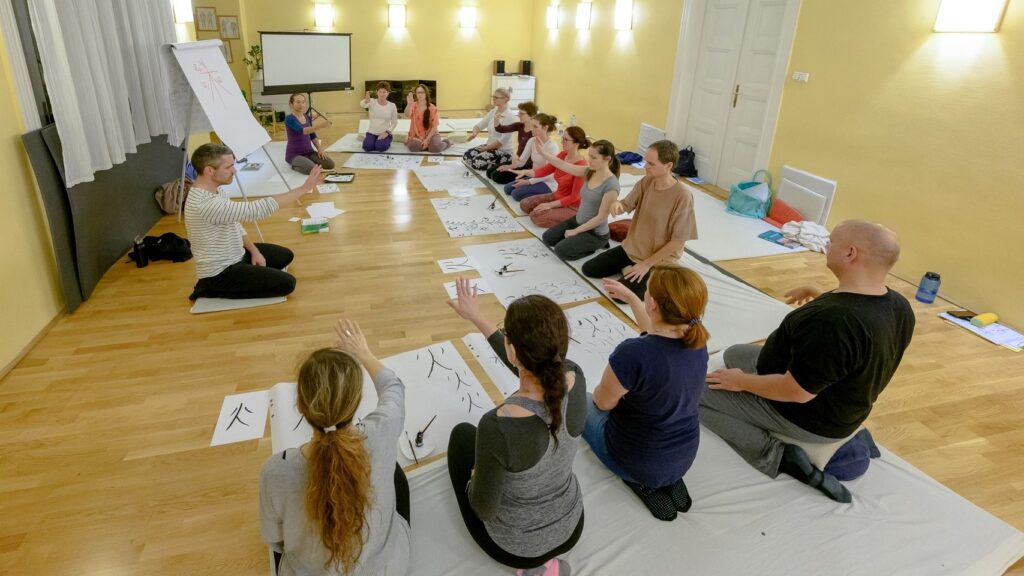
I see, you’re a natural born teacher. Do you see a connection between this idea of development and Shiatsu?
VG: I guess in Shiatsu I can combine all of the above. It is a fantastic way to constantly learn about the human body and its energy system. Also, I am absolutely passionate about teaching it.
You also went to Asia. Can you tell more about that?
I was around 16 years old when I told myself that I would not leave planet Earth without having lived in Japan. I don’t remember what my exact motivation was. I know that I liked old Japanese movies pretty much, but other than that I don’t know. In any case, I started to learn Japanese. I enjoyed it so much that I was convinced I would definitely want to live in Japan. After university I applied for a scholarship and I had the chance to become a research student at the University of Tokyo. When the 2-year research period was over, I got admission to Sofia University, Tokyo and I started an MA course in international relations. Then I decided to move back to Hungary. Honestly, with my present mindset, I would have made a different choice, but at that time, it was what I had to do.
Let’s go move now to your actual situation. When did you get involved in the Hungarian Shiatsu Association? And when did you become its vice-president?
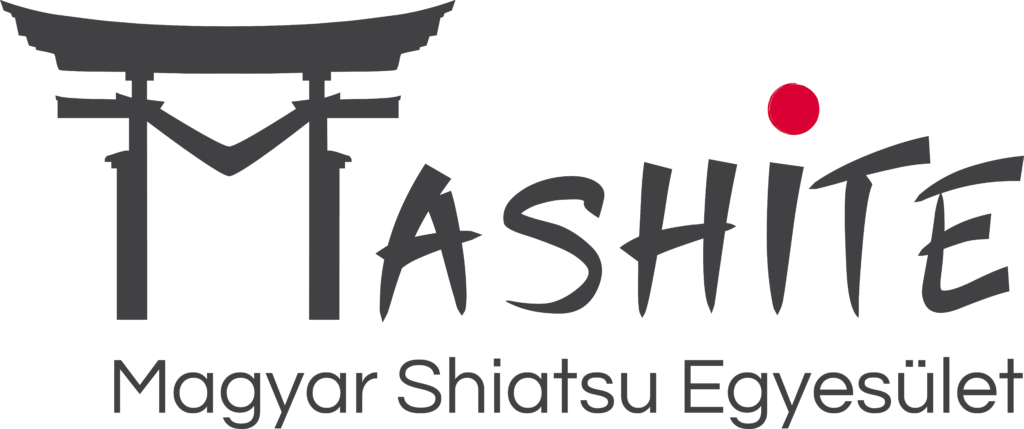
In 2016 the leader of the Hungarian Shiatsu Foundation initiated the process of creating a comprehensive national organisation. There was already a shiatsu organisation but their role and function was more about making shiatsu popular in Hungary. So we started the process and I was at first the facilitator of the meetings. This was almost a 2-year process and I found myself increasingly engaged in bringing all shiatsu practitioners and students together. It was in early 2018 when the Hungarian Shiatsu Society was formed. Originally, we had planned that we would be a project based organisation with the idea to become the leaders for the duration of the projects. But the reality showed that we would be better off with someone coordinating all the projects and initiatives. So I became this guy.
How long has Shiatsu been introduced in the country and by whom? How is it developing, what is the situation?
Shiatsu was introduced in Hungary in the late 1990s by Eszter Madocsai, the head teacher of the school I studied in. She and all the teachers as well as the managing directors of this school have done a great job in teaching and supporting hundreds of people interested in this healing art. Now there are altogether 5 well established schools and 2 new are also emerging, with excellent and dedicated teachers. We hope that with the help of our Association we will be ever more successful to bring up Shiatsu. Right now we are in the process of merging the two Hungarian organisations, so shortly there will be only one national organisation! I believe it is a great achievement, it is important to join forces and do good things together.
For sure, it’s a great thing to be united. But tell me, you were very active during the Covid to support the caregivers. How did this happen?
It was again quite simple. We witnessed how tired and exhausted healthcare professionals were. Further, a lot of us wanted to do something to make things better. We realised that we should not necessarily volunteer for some work we were not good at and that we had something very nice and useful under our belts: Shiatsu. That is how our healthcare campaign started.
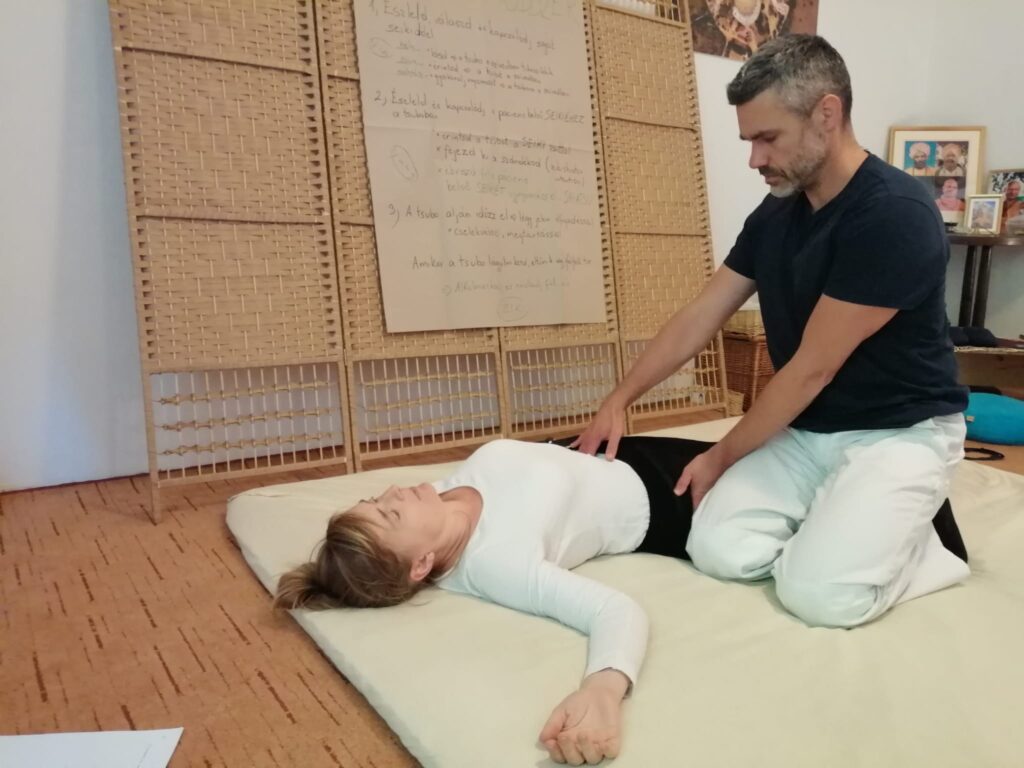
I’ve heard that in 2023 you will organize a big congress with top Shiatsu teachers. Is that true?
Yes indeed, the next big project of our Association is to organise a Shiatsu Congress in June 2023, with the title of “Back to the roots: The development and methods of traditional Japanese Shiatsu”.
We see a tendency all over Europe that the art of Shiatsu has developed, evolved and been influenced by other healing modalities in a great way. However, we should also do our best to stay in contact with the deep essence of Shiatsu and ask ourselves the question “What do masters of traditional styles have in mind and in their hands when they practice their art?” We strongly believe that masters of traditional Shiatsu styles could help us stay focussed on the fundamental principles of Shiatsu (e.g. the importance of body posture and the depth of pressure) regardless of what style one practices. So, we have invited Roberto Taverna (Namikoshi style), Tzvika Calisar (Seiki Meridian Shiatsu) and Thierry Camagie (Iokai style). We are looking forward to this congress.
This is going to be really interesting. Thank you very much for answering our questions, and I wish all the best for Shiatsu in Hungary.
Thank you.
Author
- Book review: “Another self” by Cindy Engel - 30 September 2024
- 24-26 October 2025: Master Class in Vienna (Austria) – Shiatsu and martial arts - 20 August 2024
- Lembrun Summer Intensive Course – July 6 to 12, 2025: Digestive System Disorders, Advanced Organ Anatomy, and Nutrition - 4 August 2024
- Anpuku Workshop with Ivan Bel in London – 7 & 8th, June 2025 - 22 June 2024
- Interview with Wilfried Rappenecker: a european vision for Shiatsu - 15 November 2023
- Interview : Manabu Watanabe, founder of Shyuyou Shiatsu - 30 October 2023
